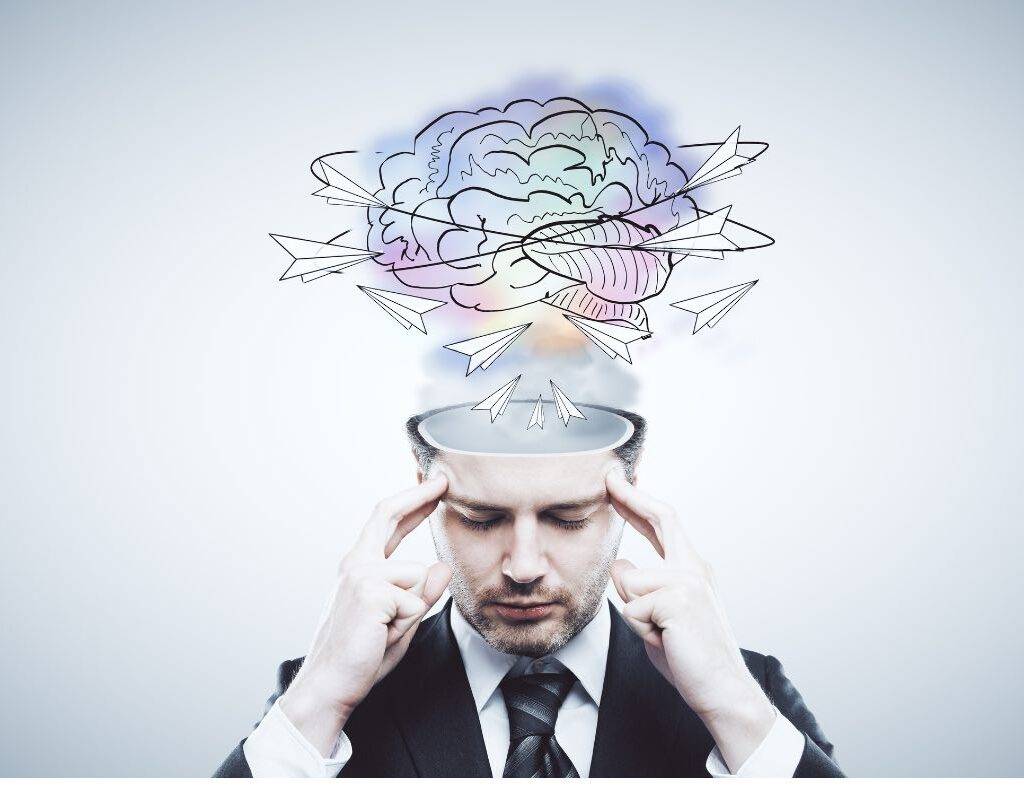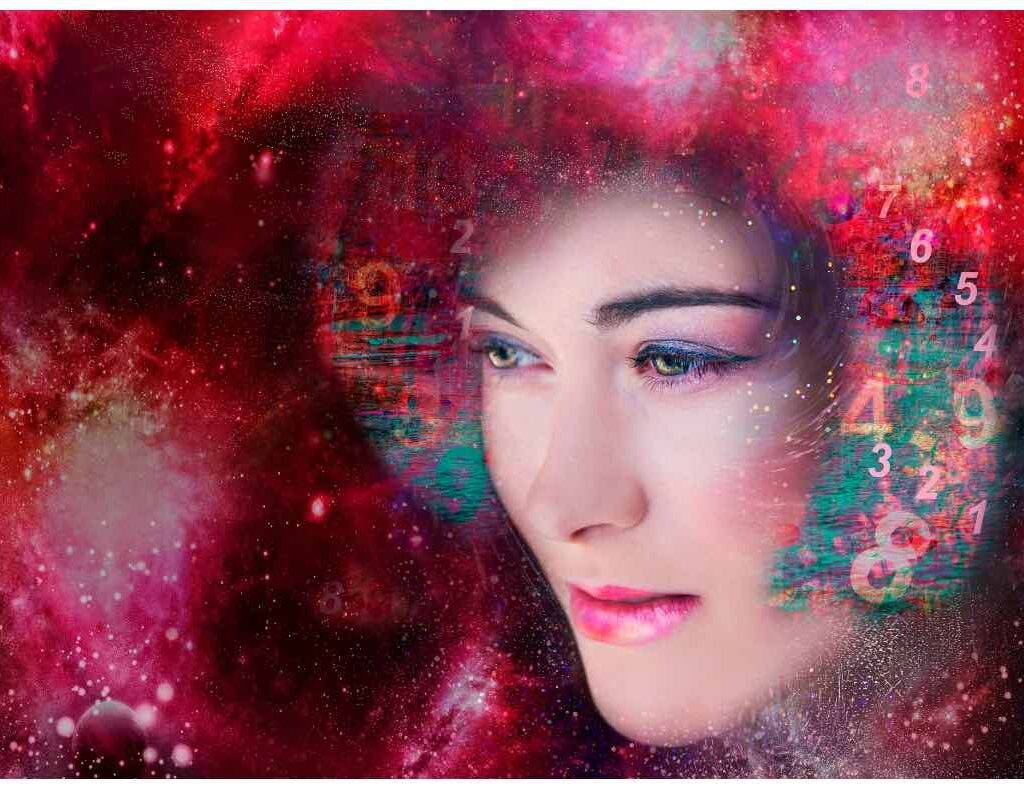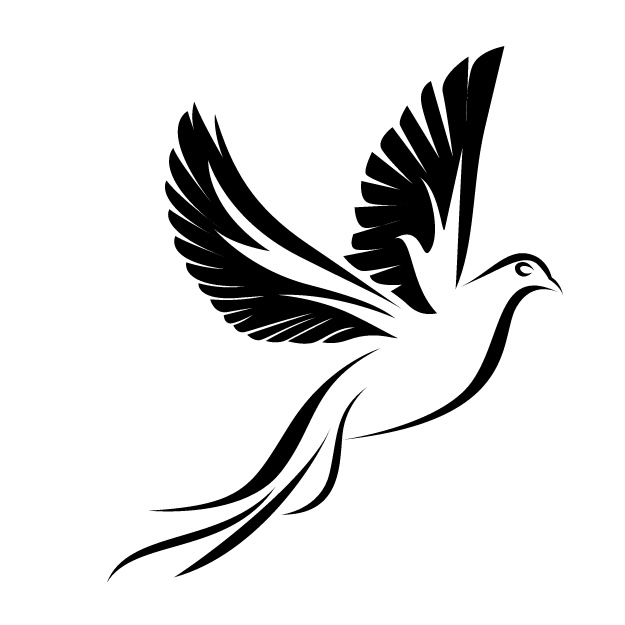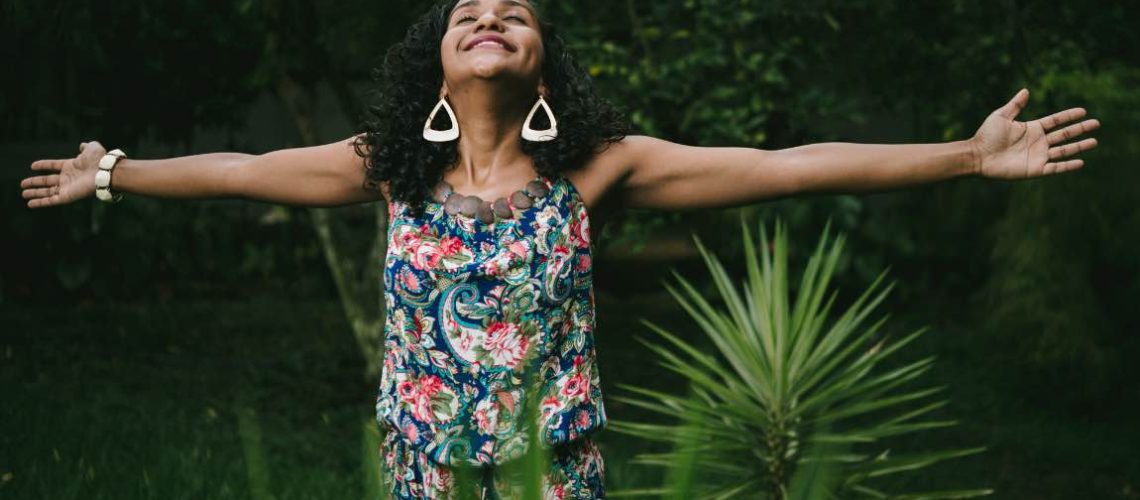Table of Contents
Introduction: The Power of Being Present
In today’s fast-paced world, where “keeping up with the Joneses” has become the norm and we’re perpetually “burning the candle at both ends,” finding tranquility amidst the chaos is a challenge. Many ancient scriptures and texts, including the Bible, emphasize the significance of stillness and presence. Psalm 46:10, for instance, advises us to “Be still, and know that I am God.” But how can we achieve this stillness, especially when life feels like a whirlwind?
Enter mindfulness—a practice that dates back centuries yet seems tailor-made for today’s hectic world. At its core, mindfulness is the art of being fully present in the moment without judgment. Dr. Jon Kabat-Zinn, a renowned academician and expert in the field, defines mindfulness as “paying attention in a particular way: on purpose, in the present moment, and non-judgmentally.” It’s akin to “stopping to smell the roses,” a proverbial encouragement to appreciate the beauty and simplicity of life.
Countless tales and anecdotes highlight the wonders of mindfulness. Imagine a musician, lost in the melody of his instrument, so engrossed that he’s oblivious to the world outside. That’s mindfulness in action—complete immersion in the present, savoring every note, every nuance. The same can be said for the artist who paints with such concentration, every brushstroke is a testament to the power of the present.
The benefits of practicing mindfulness are aplenty. Not only does it help reduce stress, enhance focus, and improve emotional well-being, but according to various experts, it also promotes a deeper connection with oneself and the world.
In this article, we will unravel the tapestry of mindfulness, exploring its essence and the myriad of benefits that come from integrating it into our daily lives. As the old saying goes, “Wherever you go, there you are.” So, let’s embark on this journey, discovering how to be wholly present wherever we are.
The Science Behind Mindfulness

It’s often said, “Mind over matter,” but when it comes to mindfulness, it might be more apt to say, “Mind meets matter.” Given the expansive history of meditative traditions, this ancient practice, which can feel like “a drop in the ocean,” has garnered significant attention from modern science. And the evidence? It’s more than just “anecdotal.”
Dr. Sara Lazar, a leading neuroscientist at Harvard University, dived deep into the neural pools of meditation. Her groundbreaking research illuminated that regular meditation can physically alter the brain’s structure. It’s not just “all in your head” – it’s about the very composition of your brain! Her studies showed a thickening of the prefrontal cortex, responsible for attention and decision-making, in seasoned meditators. It’s as if the age-old wisdom “practice makes perfect” found its neuroscientific counterpart.
And, “still waters run deep.” When we calm our minds through mindfulness, profound changes occur beneath the surface. Research by the University of Massachusetts Medical School indicates that mindfulness meditation can reduce the body’s stress responses, correlating with reduced cortisol levels. No wonder the proverb, “A calm mind is a healthy mind,” resonates deeply.
Richard Davidson, a prominent neuroscientist and researcher, found that those who practiced mindfulness displayed more activity in the left prefrontal cortex, an area linked with positive emotions, a veritable “silver lining” in the neural storm.
From a spiritual standpoint, the Bible, in Romans 12:2, says, “Do not be conformed to this world, but be transformed by the renewal of your mind.” While this is not a direct endorsement of mindfulness, the emphasis on a renewing, transformative mental process aligns with the objectives of mindfulness practice.
In layman’s terms, consider a snow globe. When shaken, the snowflakes swirl chaotically. But with time, they settle, and clarity emerges. Such is the brain on mindfulness.
In summary, whether you’re a skeptic who needs hard facts or someone who “takes it on faith,” the science behind mindfulness paints a compelling picture. A mindful brain isn’t just a happy coincidence; it’s a proven formula for enhanced well-being.
Starting Simple: Mindful Breathing

“Every cloud has a silver lining,” but in the bustling turmoil of daily life, it can sometimes feel impossible to find that glint of hope or clarity. Enter the practice of mindful breathing. It’s akin to the proverbial “first step of a thousand-mile journey” – simple yet profoundly transformative.
At its essence, mindful breathing is about observing and connecting with the natural rhythm of your breath. Dr. Andrew Weil, a physician and founder of the Arizona Center for Integrative Medicine, often emphasizes the power of the breath. He believes that controlled breathing not only keeps the mind and body functioning at their best but can also elevate mood and promote relaxation. Indeed, you don’t need to “reinvent the wheel”; the foundational tool for mindfulness is as innate as breathing itself.
Practically speaking, initiating mindful breathing can be as easy as pie. One could start by finding a quiet place, closing the eyes, and inhaling deeply, feeling the cool air enter the nostrils, filling the lungs, and then observing the warm exhale. This seemingly straightforward practice acts as an anchor, keeping one grounded in the present moment, much like the idiom “keep both feet on the ground.”
Thich Nhat Hanh, the renowned Zen master, often compares the breath to an anchor, holding us steady in the tumultuous sea of life’s distractions and emotional undercurrents. The Bible also alludes to the vitality of breath. Genesis 2:7 mentions, “Then the LORD God formed a man from the dust of the ground and breathed into his nostrils the breath of life, and the man became a living being.” This breath of life is a divine gift and a continuous reminder of our present existence and connection.
In a world where “time flies,” mindful breathing acts as a tether, pulling us back from our wandering minds and the worries of tomorrow. It reminds us that while life’s uncertainties swirl around, like “a tempest in a teapot,” our breath remains a steadfast, calming force – a simple yet profound passage to the present.
Mindful Eating: A Feast for the Senses and the Soul

In an era where “fast food” isn’t just a type of meal but a way of life, we often find ourselves “biting off more than we can chew” in our daily routines. The art of savoring, whether it’s food or moments, seems to be getting lost in the hustle and bustle. Mindful eating, however, serves as a timely reminder that “slow and steady wins the race.”
Mindful eating, simply put, is about being fully present during our meals. Dr. Lilian Cheung, a nutritionist and lecturer at Harvard T.H. Chan School of Public Health, underscores its importance, suggesting that mindful eating can transform our relationship with food. Instead of gobbling down a meal, we savor each bite, turning a simple act into a holistic experience.
Consider the proverb, “An apple a day keeps the doctor away.” Now, imagine consuming that apple mindfully. Feeling its texture, tasting its tangy sweetness, and relishing its juice. That apple becomes more than just a fruit; it’s an experience, a moment of gratitude and connection.
Biblically speaking, feasts and meals have always been significant. The Last Supper, for instance, wasn’t just about the food but the deep communion and reflection it fostered. Proverbs 15:17 states, “Better is a dinner of herbs where love is, than a fattened ox and hatred with it.” This highlights the essence of the experience and company over the material richness of the meal.
Jon Kabat-Zinn, the pioneer of Mindfulness-Based Stress Reduction (MBSR), often talks about the richness of the present moment. Eating mindfully is akin to “making hay while the sun shines,” extracting the fullest from the present, even if it’s just a meal.
In conclusion, as the world speeds up, sometimes, we need to “stop and smell the roses,” or, in this case, taste them. Mindful eating is not just about the food on our plate but the nourishment of our souls, reminding us that sometimes, the simplest joys can be the most profound.
Incorporating Mindfulness into Daily Routines

In the grand tapestry of life, it’s often the “little things” that go unnoticed. As the adage goes, “Familiarity breeds contempt,” and sometimes, it’s the daily, mundane tasks that bear the brunt of this oversight. Yet, what if we could transform these routine chores into gateways to mindfulness, turning the prosaic into the profound?
Thich Nhat Hanh, the eminent Zen master, speaks eloquently about the art of mindfulness in daily activities. He often cites the example of washing dishes. Rather than considering it a dreary chore, if we truly focus on the act – feeling the soap bubbles, the texture of the dishes, the rhythm of the scrubbing – it becomes a meditation in itself. This shift in perspective is akin to “turning water into wine,” finding depth and significance in what might initially seem shallow.
Practical applications abound. Taking a shower, for instance, can be more than just a cleansing ritual. By tuning into the sensation of water droplets, the temperature contrasts, and the fragrance of bath products, the shower becomes a sanctuary of sensations, reminding us of the beauty in the here and now.
Academicians like Dr. Ellen Langer from Harvard University have delved deep into mindful practices. Langer’s research suggests that by engaging mindfully with everyday tasks, we can enhance our cognitive flexibility, creativity, and even our well-being.
The Bible, too, touches upon the sanctity of the everyday. Colossians 3:23 states, “Whatever you do, work heartily, as for the Lord and not for men.” This verse beautifully encapsulates the spirit of mindfulness in daily tasks, urging us to invest wholly in every act, regardless of its perceived significance.
Incorporating mindfulness into daily routines is about “stopping to smell the roses.” It’s a gentle nudge urging us not to “throw the baby out with the bathwater” by dismissing the mundane. Instead, by being present, even the most routine tasks can blossom into moments of deep reflection and joy.
Digital Detox: Creating Mindful Technology Habits

In today’s digital age, it’s as if we’ve “opened Pandora’s box.” The endless stream of notifications, emails, and updates can sometimes make us feel like “a kid in a candy store,” overwhelmed and overindulged. While technology has undoubtedly enriched our lives in countless ways, it’s also posed significant challenges to our ability to remain present and mindful. The call for a digital detox isn’t just a trend—it’s a clarion call to reclaim our mindfulness.
Dr. Sherry Turkle, a professor at MIT and a keen observer of the intersection of technology and psychology, cautions about the perils of unchecked digital consumption. She notes that while we’re more connected than ever, we often feel more alone. It’s as if we’re “missing the woods for the trees,” losing the essence of genuine connection amidst the barrage of superficial interactions.
Enter the concept of a digital detox. It’s not about “throwing the baby out with the bathwater” by rejecting technology but about using it judiciously. In 1 Corinthians 6:12, the Bible reminds us, “All things are lawful for me, but not all things are helpful.” Applying this wisdom, one can set boundaries, such as designated tech-free hours, ensuring that devices don’t become “golden calves” we unconsciously worship.
Practical steps, like taking regular breaks, can also be instrumental. As the saying goes, “a change is as good as a rest.” Sometimes, merely looking up from the screen, taking a deep breath, and reconnecting with our surroundings can revitalize our spirit.
Moreover, using devices intentionally means not getting “lost down the rabbit hole” of endless scrolling. Before picking up a device, set a purpose. Is it to communicate, work, or learn? By defining intentions, we anchor our tech usage in mindfulness.
In conclusion, while brimming with promise, the digital age also beckons us to tread cautiously. A digital detox isn’t about rejection but reflection, ensuring that while we navigate the digital domain, we remain firmly anchored in the present.
Cultivating a Mindful Mindset Throughout the Day

In the intricate dance of life, it’s easy to “lose the plot” amidst the swirling tempest of emotions, responsibilities, and external pressures. However, by consciously cultivating a mindful mindset, we can navigate these challenges, ensuring we don’t “throw the baby out with the bathwater” but rather extract the essence of each moment.
Positive affirmations, as advocated by Dr. Louise Hay, a pioneer in the self-help movement, are akin to “planting seeds in fertile soil.” These affirmations aren’t just wishful thinking but powerful intentions, propelling us forward. For instance, starting the day with a mantra like “Today, I choose joy” can set the tone, helping us “rise and shine” irrespective of external circumstances.
Setting intentions, similarly, gives direction to our day. It’s about “charting the course” and not merely being adrift. Whether committing to be more patient, listen actively, or take moments of stillness, these intentions act as anchors.
However, life isn’t always smooth sailing. Stress and difficult emotions can ambush us, threatening to “rock the boat.” In such moments, the Biblical wisdom in James 1:19 can guide us: “Everyone should be quick to listen, slow to speak, and slow to become angry.” This advocates the power of pausing before reacting, allowing us the space to respond mindfully rather than impulsively.
Dr. Jon Kabat-Zinn, the father of modern-day mindfulness, champions grounding techniques to navigate challenging emotions. One popular method involves the “5-4-3-2-1” technique: identifying five things you can see, four you can touch, three you can hear, two you can smell, and one you can taste. By rooting us in the present, such techniques act as a “lighthouse amidst the storm,” guiding us back to equilibrium.
In summation, cultivating a mindful mindset isn’t about suppressing emotions or challenges but navigating them gracefully. Through affirmations, intentions, and grounding techniques, we can ensure that, come what may, we remain “steady as a rock,” anchored in mindfulness.
Conclusion and Further Resources
As we come to the close of this guide, it’s evident that mindfulness isn’t just a fleeting trend or a “flash in the pan” but a timeless practice with roots that delve deep and branches that stretch wide. Indeed, mindfulness is akin to a “journey of a thousand miles” that begins with a single, conscious step.
In its profound wisdom, the Bible touches upon mindfulness when it says in Psalm 46:10, “Be still, and know that I am God.” This stillness isn’t merely about physical cessation but a deep, internal pause, a moment of recognition and profound awareness of the present.
The world is brimming with resources for those who’ve been inspired to delve deeper into this enriching realm. Academicians like Dr. Jon Kabat-Zinn have dedicated their lives to the subject. His book, “Wherever You Go, There You Are,” is a treasure trove of insights for anyone keen to embark on this journey.
Speaking of journeys, in our digital age, there are several “compasses” in the form of apps like Headspace and Calm, guiding users through meditative practices and offering a respite from the “hustle and bustle” of daily life.
Institutions like UCLA’s Mindful Awareness Research Center offer specialized courses for those preferring structured learning, allowing enthusiasts to “dive deep” into the ocean of mindfulness, exploring its vast expanse.
In conclusion, as the proverbial saying goes, “Rome wasn’t built in a day.” Mindfulness, too, is a practice, not an endpoint. It’s an invitation to “stop and smell the roses,” to find magic in the mundane and purpose in the present. As you embark on this lifelong voyage, may each moment be a revelation, and may the tapestry of your life be woven with threads of deep awareness and profound gratitude.

